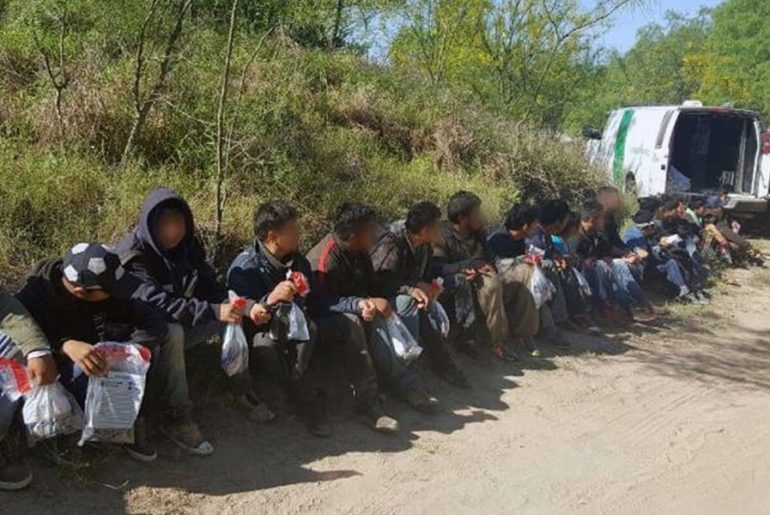The U.S. Government Accountability Office – GAO presented a report called “Arrests, Detentions, and Removals, and Issues Related to Selected Populations” wherein they analyze the data and trends related to U.S. Immigration and Customs Enforcement (ICE) activities between 2015 and 2018.
Enforcement and Removal Operations (ERO), administrative arrests, detentions, and removals varied from 2015 through 2018. The main findings were:
– The majority of ICE detainees were male immigrants from four countries (Mexico, Guatemala, El Salvador, and Honduras), and non-criminals.
– While the number of ERO detentions of convicted criminals stayed relatively stable from 2015 to 2018, the number of detentions of non-criminals increased from 171,856 in 2015 to 279,469 in 2018.
– The number of transgenders in detention increased: 2016 (237), 2017 (253) and 2018 (284). Detention of non-criminal transgender individuals also increased between 2016 and 2018, with non-criminal transgenders representing 46% of the total transgender detainees in 2016, and increasing to 71% of the transgender population in detention in 2018.
– Detentions of individuals with disabilities increased between 2017 (434) and 2018 (530). Detentions of non-criminals in this population also increased between 2017 (144) and 2018 (247).
– The number of detentions of pregnant women increased between 2016 (1,380) and 2018 (2,098). Again, detentions of non-criminals within this demographic of pregnant women account for most of this growth.
– Detentions of individuals with mental disorders fluctuate but do not show the same growth rates as other demographics: 2015 (8,513), 2016 (9,903), 2017 (9,038) and 2018 (8,796).
– Detentions of nursing women also have a growth trend: 2016 (157), 2017 (401), 2017 (567) to 2018 (381).
– Detentions of elderly individuals (defined as someone over 65 years old) increased significantly in 2018: 2015 (882), 2016 (749), 2017 (778) and 2018 (1,159).
– Data on detained parents or legal guardians of US citizens or permanent resident minors are not provided in this report, however, the data is available, and ICE does produce a semi-annual report that includes this information.
– The cities with the greatest number of arrests in 2018 were all in Texas: Dallas (16,982), Atlanta (14,461), Houston (14,037), and San Antonio (10,032).
– The number of detentions increased more than 30% overall for the 4-year period (from 324,320 detentions in 2015 to 438,258 detentions in 2018).
– The largest number of people arrested in 2018 was from the following countries: Mexico (88,645), Guatemala (17,484), El Salvador (9,650) and Honduras (13,313). Also, this report shows the number of detentions of immigrants from Mexico (136,409), Guatemala (120,745), El Salvador (35,502) and Honduras (78,630), and also reports on Removal Operation of immigrants from Mexico (139,330), Guatemala (52,755), El Salvador (16,141) and Honduras (32,180).
– The length of detention varies. During 2018, the 109 transgenders, 201 individuals with disabilities, 3,609 individuals with mental disorders, and 334 elderly individuals were detained between 31 to 90 days. 338 Pregnant women were detained between 16 and 30 days, and 26 pregnant women were detained between 31 and 90 days. 245 nursing women were detained between 16 and 30 days.
In an interview with Univision, Katy Murdaza, Pro Bono Dilley Project Coordinator, mentioned that pregnant women have been seen in the late stages of their pregnancy. Also, in this interview, the Psychologist Gabriela Romo mentions that women in this situation have “more risks of having anxiety, depression and postpartum depression”

